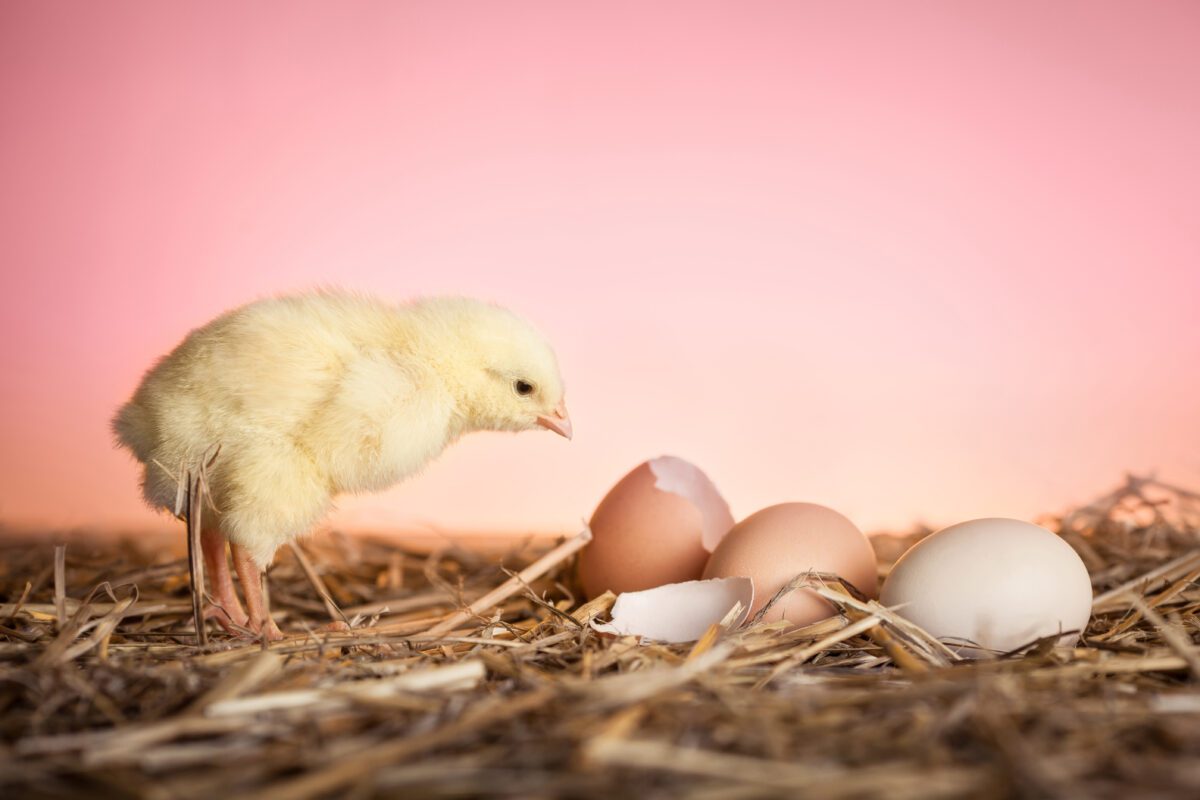Broiler production is the raising of birds for the purpose of producing meat for food. These chickens are specifically bred for meat production, and they have different body frames and nutritional requirements than other breeds, for example, layers. Because of their body type, they grow extremely fast and reach butchering weight in as little as six weeks. The first requirement for growing broilers is adequate housing.
Because broiler production is essentially a chick-brooding operation, the house should contain equipment to easily control factors such as temperature, moisture, air quality, and light. It should also provide for efficient installation and operation of brooding, feeding, watering, and other equipment.
In this article we shall look at the following important elements of broiler production:
- Housing design
- Equipment
- Whole house
- Pre-placement
- Chick placement
Pre-placement
Successful broiler rearing starts with having a systematic and efficient management programme in place. This programme must start well before the chicks arrive on site. As part of a management programme, preplacement house preparation provides a basis for an efficient and profitable flock of broilers.
The following checks need to be made:
Equipment check:
After confirming that the equipment capabilities meet the number of chicks to be placed, install the necessary brooding equipment and check that all equipment is functional. Ensure that all water, feed, heat and ventilation systems are properly adjusted.
Heater checks:
Verify that all heaters are installed at the recommended height and are operating at maximum output. Heaters should be checked and serviced an adequate time before preheating commences.
Thermostat check:
The thermostat should be placed at bird height and in the centre of the brooding area. Temperature ranges should be recorded daily and not deviate by more than 2 degrees Celsius over a 24 hour period.
Floor temperature check:
Houses should be preheated so that both the temperature (floor and ambient) and humidity are stabilised 24 hours before placement. To achieve the above target, preheating needs to commence at least 48 hours before chick placement.
Chicks do not have the ability to regulate their temperature for the first five days, and thermo regulation is not fully developed until 14 days of age. The chick is highly dependent upon the manager to provide the correct litter temperature. If the litter and air temperatures are too low, internal body temperature will decrease, leading to increased huddling, reduced feed and water intake, stunted growth and susceptibility to diseases. At placement, floor temperatures should be at least 32 degrees Celsius with forced air heating. Litter temperature should be recorded before each placement. This will help to evaluate the effectiveness of pre-heating.
Minimum ventilation check:
Minimum ventilation should be activated as soon as the preheating begins to remove waste gases and any excess moisture.
Drinker check:
14 to 16 drinkers per 1 000 chicks should be provided within the brooding area. All drinkers should be flushed to remove any residual sanitiser.
Feeder check:
- Remove all water remaining from cleanout prior to filling
- Feed should be provided as a good quality crumble
- Do not place feed or water directly under the heat source as this may reduce feed and water intake.
Chick placement
Put chicks of similar age and flock source in a single house. Placement per house should ensure an “all in – all out” regime is maintained. Chicks must be carefully placed and evenly distributed near feed and water throughout the brooding area. Lights should be brought to full intensity within the brooding area once all chicks have been placed. Monitor the distribution of the chicks closely during the first few days. This can be used as an indicator for any temperature deviations.

Chick quality
Characteristics of a good quality chick:
- Well-dried, long-fluffed down.
- Bright, round, active eyes.
- Look active and alert.
- Have completely healed navels.
- Legs should be bright and waxy to the touch.
- Chicks should be free from deformities (for example: crooked legs, twisted necks and cross beaks).
Post placement of chicks
Ensure that the feeders and drinkers are in adequate supply relative to the stock density, and are appropriately placed. Feeders and drinkers should be placed in close proximity to each other.
Bell drinker check:
- Height should be maintained so that the lip is at the level of the birds, back.
- Frequent assessments and adjustments are essential.
- Must be cleaned daily to prevent build-up of contaminants.
- Water should be 0,5 cm from the lip of the drinker at a day of age and reduced gradually after seven days to a depth of 1,25 cm or thumbnail depth.
- All bell drinkers should be ballasted to reduce spillage.
Feeder check:
- Feed should be provided in crumb form and placed on trays or lids.
- Feeders should be raised incrementally throughout the growing period so that the lip of the trough or pan is level with the bird’s back at all times.
- The feed level within the feeders should be set so that feed is readily available while spillage is minimised. Never allow the feeders and the drinking bells to run empty at any time.
In next month’s article we shall look at growing phases and lighting management. This series of articles is placed with recognition to Kalipha Broilers production manual.








